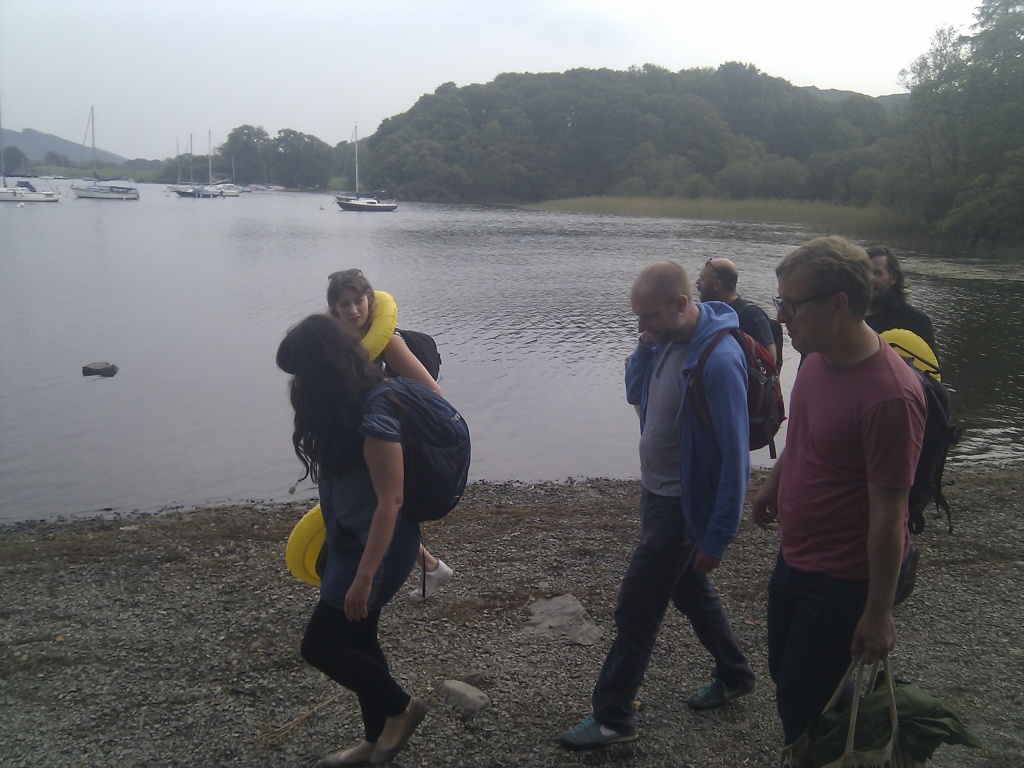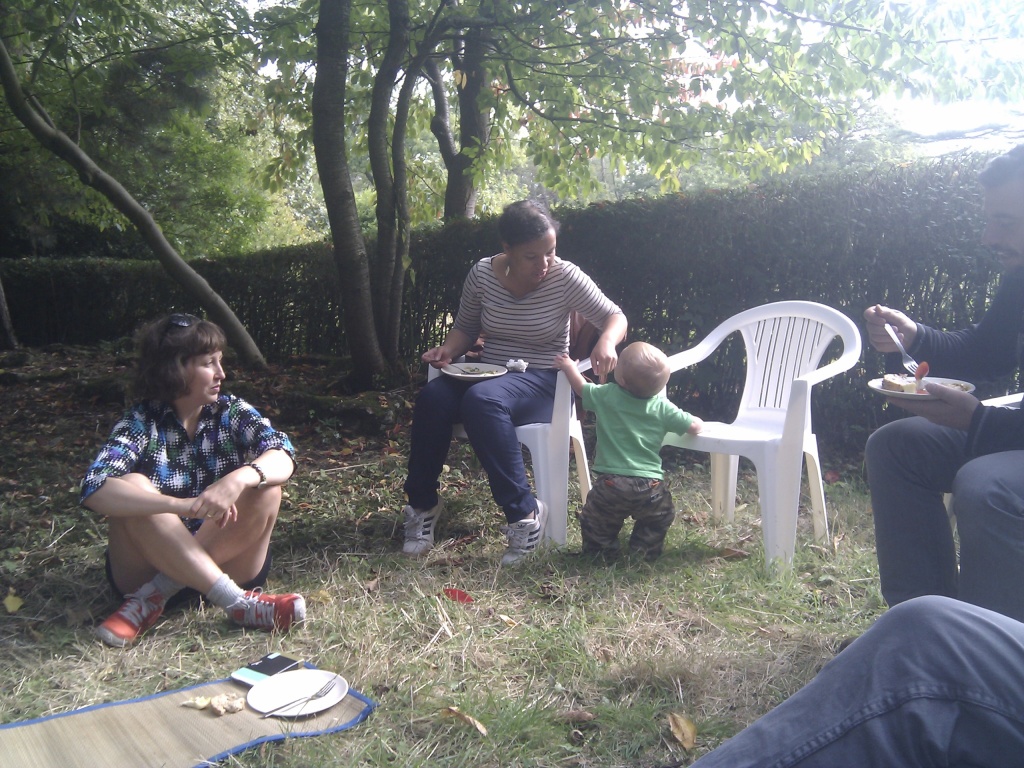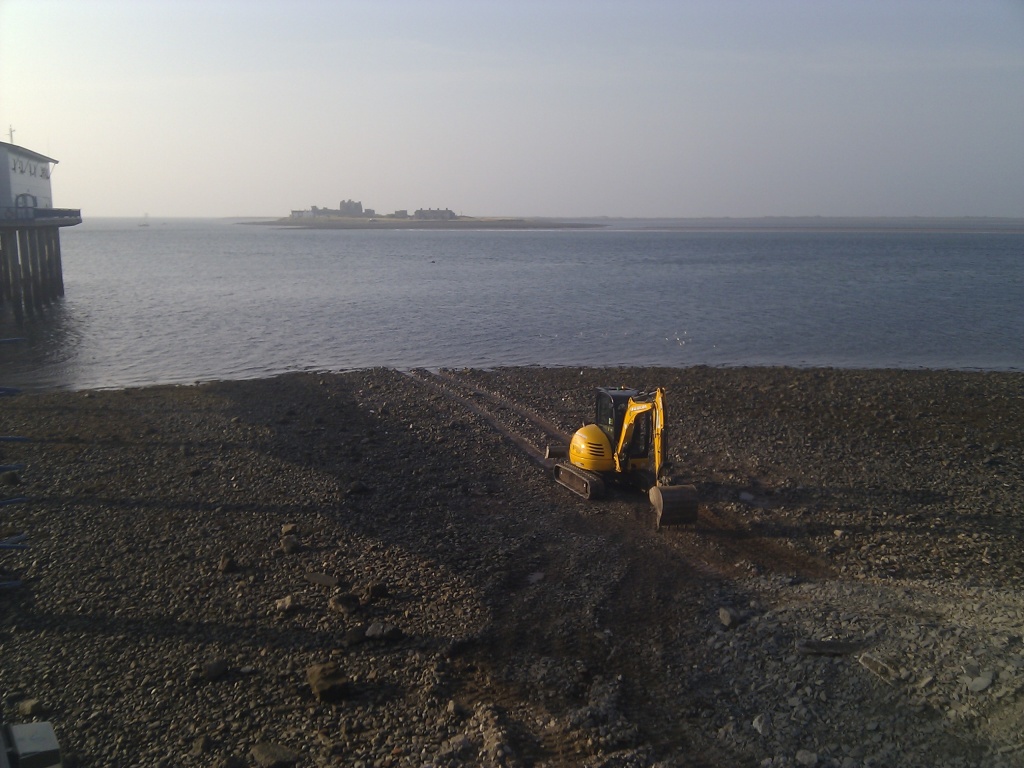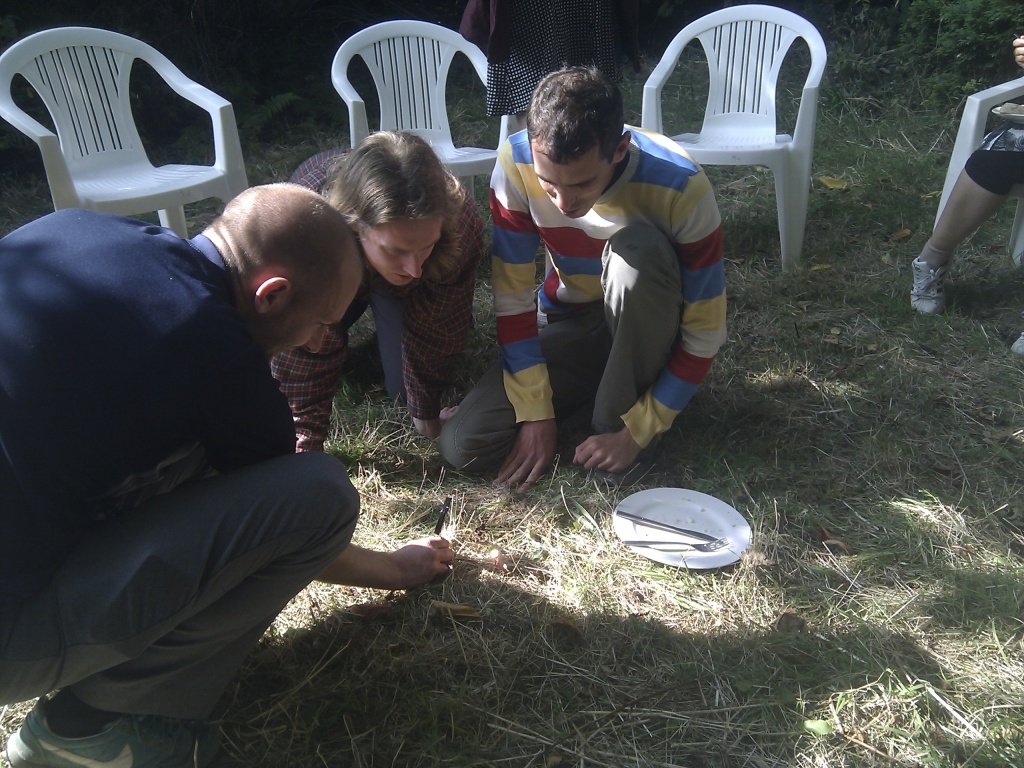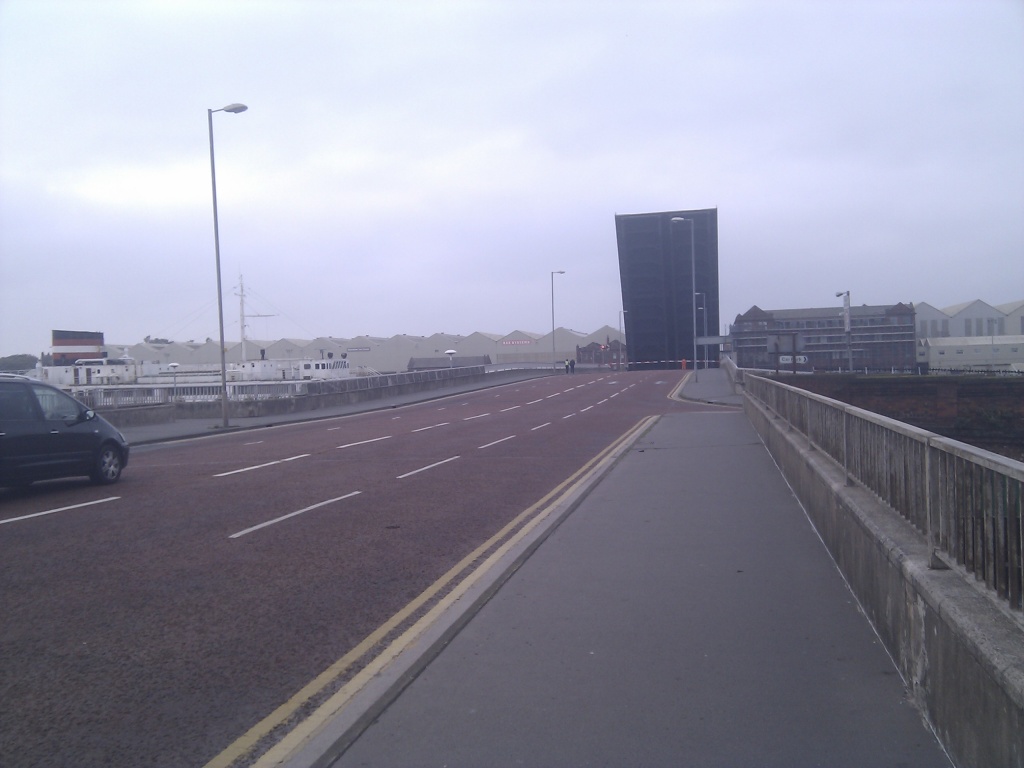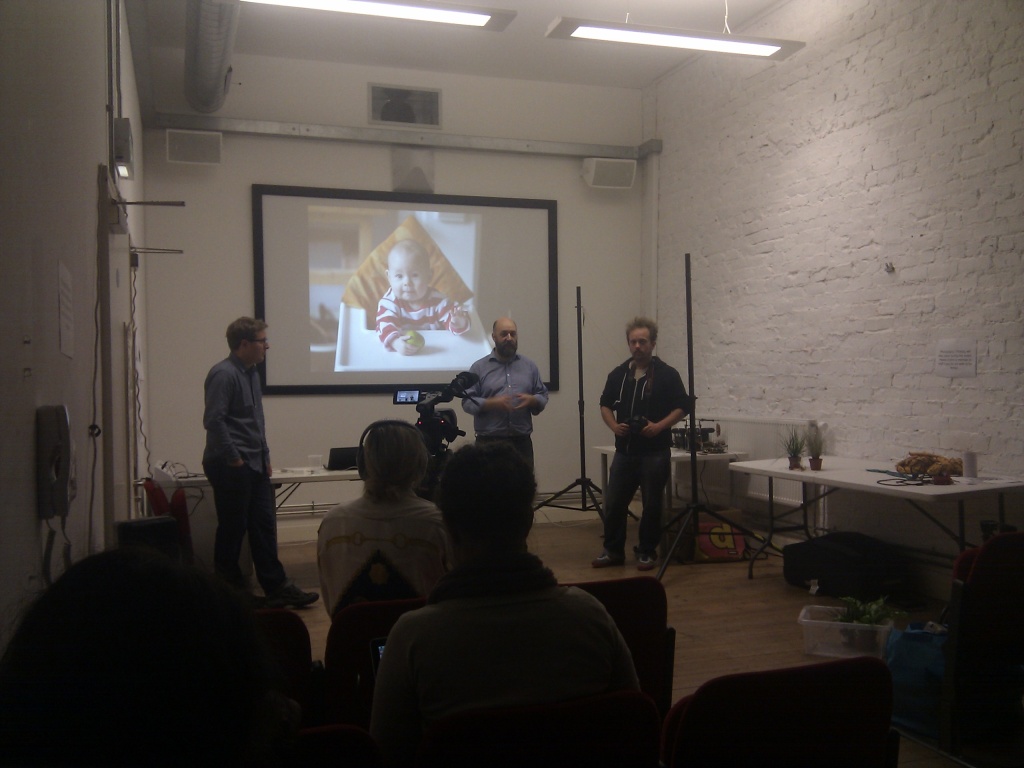Over the last two years I have been part of an ongoing investigation into forms of ‘creative exchange’, that is, processes for enabling and sustaining knowledge exchange which emphasise and draw from creative practice. The aspect of creativity that matters particularly for me is the emphasis on engaging within complex systems, and the role that accident and playfulness (in it’s full extent testing boundaries of conflict and pleasure, rather than it’s sentimental Innocent Smoothie form) serve in advancing how we think about things. To understand the position of knowledge in creative practice I have been referring to Karen Barad, who articulates an ‘onto-epistemology’ (theory of matter and mattering) of entangled material practices. She is careful to set out how “both theorists and experimentalists engage in the intertwined practices of theorizing and experimenting” and how “theorizing and experimenting are not about intervening (from outside) but about intra-acting from within, and as part of, the phenomena produced.”.
The Digital Media Lab format serves as an excellent example of collaborative, creative activity, fostered from within by a format developed by Benedict Phillips, Glenn Boulter and Dave Lynch. I wanted to note some of the aspects of the residency form that I think are particularly relevant to the success of creative exchange embodied in the work, collaborations and extended networks of activity that emerge from the current and previous Digital Media Labs. I have had the privilege to be involved in both labs, in the first as an invited technical advisor and the second as a nominated artist.
Time to think: The residency format, of intense activity over the length of a week is long enough for ideas to be tested and developed, and working ‘prototypes’ to be built. A week leaves time for all those attending to present aspects of their practice. Time to sleep on ideas, and to take conversations in to social time over meals and drinks helps to foster meaningful collaboration and iterative development. Meal times, walking, showering, shopping, exploring, game playing, all of these things feature regularly in narratives of how ‘good ideas’ come in to form, and leaving space for these to happen in a schedule proves incredibly productive.
Structures for thinking: Having constraints to work with and against also seem key to idea development, particularly over short time scales. In the first lab, a medium constraint of touch-screens elicited inventive uses and abuses of the technology. In the second lab, the ‘brief’ was more open, but themes of performance and light shaped thinking. In addition, the second lab used a format early in the week of presentation, workshop and structured activity to provide a framework for ideas and collaborations to form. I was aware of how quickly ideas cross-pollinated.
Space to work: Spatially, the residency was set up to allow shared working and personal space, with additional environments (such as a basement for ‘messy’ work). Each participant quickly established their own temporary working contexts, with desks unique to their interests and tools. The Octopus house offered a form of focused isolation positioning the activity within the ‘resources’ of the park, and away from familiar routines and distractions. In a form echoed by the un-monastery retreat, the labs have been sited in cities largely away from the homes those participating, which acts to create an intensity of collaboration and investment. A digital space, with sufficient internet access and a blogging diary format, aided the processes of notation and documentation of work in progress.
Diversity of people: The nomination process around a residency theme helps to select a range of participants so that expertise and forms of practice are varied, and people have plenty of scope to learn from each other. A range of expertise and arts practice in the participants, often with orthogonal conceptual and systematic approaches created a wealth of perspectives. Conversations about circuit design, musical structure, local history, projection mapping, storytelling, nuclear power, textiles and laser performance diffracted through each other with ease. Some digital media institutions can find themselves replicating entrenched inequalities, but suffer the obvious deficiencies of such lack of diversity. An organisation which is able to ensure a lab with a greater gender balance for example, is less likely to be dysfunctional in other ways too. The hierarchies within the lab were also flattened to a certain extent in productive ways. The lab organisers made sure that they presented their own work along-side the participants. Meals were prepared by fellow artist Alan Pergusey, and were a shared, discursive time. All lab participants shared tasks such as washing up, transporting equipment, and so on. This aspect of communal lab-citizenry has a powerful influence on how ideas are discussed and help is sought and given.
Tools on hand: The participants who were selected were comfortable with their own technical systems of production, and were asked to bring with them resources not only for themselves, but with the potential to share. Piel House quickly filled with specialist equipment, mixing traditional forms of production with novel software and hardware. Free and opensource licensing of many of the tools used echoed the sense of shared resource in the lab.
The success of the first Digital Media Labs is measured not only in the commissions developed for the health centre site in Hull, but in the long lasting networks and projects that have emerged since. The impact of the second lab can already be seen in the new work and approaches presented at the end of the week in Barrow, but the full extent of the knowledge exchange, of the influence on our ways of theorising and experimenting will only emerge as the repercussions of the lab continue to extend.
